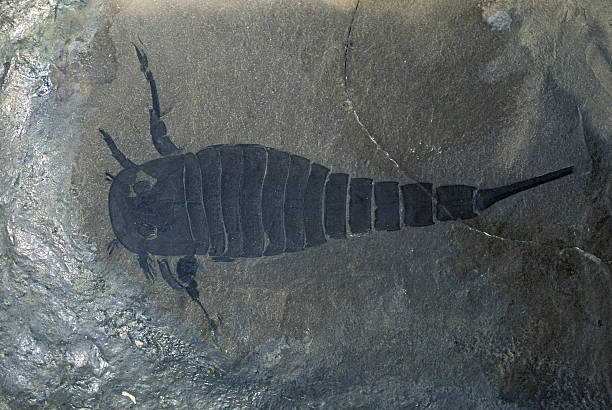A recent study suggests that insights from Earth’s last ice age could help predict future El Niño weather patterns.
Led by the University of Arizona and published in Nature, the research highlights how ancient climate shifts offer valuable lessons for understanding El Niño, a crucial climate phenomenon that periodically warms sea surface temperatures in the Pacific Ocean, causing extreme global weather events like floods, droughts, and heat waves.
The study combines data from fossilized marine organisms with advanced climate models to examine how El Niño might behave in a warming world.
By focusing on the Last Glacial Maximum, a period about 20,000 years ago when much of the Northern Hemisphere was covered by ice sheets, scientists were able to compare past and present El Niño patterns.

The research team used the Community Earth System Model, which simulates Earth’s climate, alongside data from foraminifera, tiny marine creatures whose shells capture ancient ocean temperatures.
The findings indicate that El Niño events were less variable during the ice age than they are today.
As the planet continues to warm, future extreme El Niño events could become more intense and frequent, leading to severe weather disruptions worldwide.
The researchers emphasize the importance of this study in validating climate models, which will improve predictions of future climate impacts.
The results suggest a shared mechanism driving El Niño variations under both past and future conditions, offering a better understanding of how this climate phenomenon might evolve with ongoing global warming.

